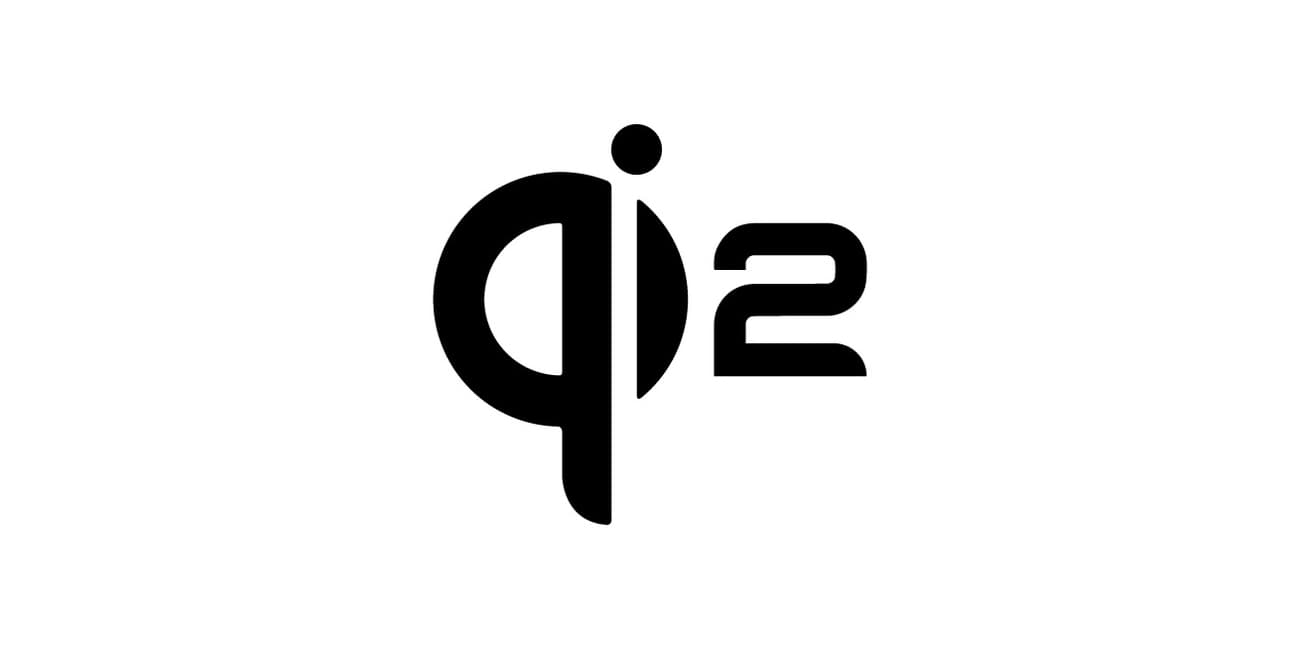

The Qi2 standard is slowly coming, and the big appeal has always been that is brings magnets that work the same as Apple’s MagSafe to other products, including Android phones. And yes, magnets are indeed required to have something say that is has “Qi2.”
The Wireless Power Consortium announced the Qi2 standard in early 2023 with a primary focus on the ring of magnets that open devices to better alignment and compatibility with accessories. The appeal of that is huge, even though it hasn’t seen any big adoption nearly two years later.
But does Qi2 really require those magnets?
Yes, yes it does.
Confusion on this matter first popped up a few months ago when a “non-magnetic” page on the “Charge with Qi” website was highlighted and explained that there were two logos for Qi2 products. One for products with magnets. Another for products without.
The page, which was deleted days after it was brought to light (as you might notice, we never covered this story originally – this is why), was directly contrary to all previous announcements from the WPC. That deleted page was also the only place this was mentioned. When the Qi2 standard was finalized in November 2023 (around 9 months prior to when that page was highlighted), the WPC clearly explained:
The Qi v2.0 standard consists of two profiles, the Magnetic Power Profile (MPP) which is based on MagSafe technology contributed by Apple to WPC and branded with the Qi2 logo, and an enhancement to the existing wireless charging Extended Power Profile (EPP) that does not include magnets but complies with the Qi v2.0 standard. New Qi v2.0 EPP products will be branded with the existing Qi logo consumers know and use today.
In other words, Qi2 comes in two main forms. There’s the Magnetic Power Profile (MPP), which is what is branded as “Qi2.” There’s also the Extended Power Profile (EPP), which is still branded as “Qi,” even though it’s version 2.0.0 (or higher) of the Qi standard.
If there was any remaining confusion left, though, an official WPC account has made it even more clear.
Qi2 products can only say they’re using “Qi2” if they include magnets.
The confirmation came in reply on Twitter/X to Chris Thomas of Android Police. As the WPC originally said, any devices using the Qi2 standard without the “Magnetic Power Profile” will still be referenced as using Qi, with the original Qi logo still in use. This includes the Galaxy Ring, which is using the Qi 2.0.0 standard, but lacks magnets, but it’s only advertised as using Qi in general, not “Qi2.”

The problem, of course, is that we’re still waiting on Qi2 to see any real adoption. There are tons of Qi2 accessories on the market, but iPhones with MagSafe remain the only devices certified for Qi2 outside of the HMD Skyline, the one and only Android phone that has adopted the standard.
2025 doesn’t seem like it will bring much of a change. The OnePlus 13 is confirmed to be ignoring the Qi2 standard – using Qi 1.3.3 – while the Galaxy S25 series is expected to add magnetic accessories, but only through a case.
More on Qi2:
- The Galaxy S25 probably won’t have Qi2, but might have faster wireless charging
- OnePlus 13 is the latest Android flagship to ignore Qi2
- Galaxy S25 leak reveals ‘magnet case’ – what does that mean for Qi2?
Follow Ben: Twitter/X, Threads, Bluesky, and Instagram
Add 9to5Google to your Google News feed.
FTC: We use income earning auto affiliate links. More.
What’s your reaction?
Love0
Sad0
Happy0
Sleepy0
Angry0
Dead0
Wink0









Leave a Reply
View Comments